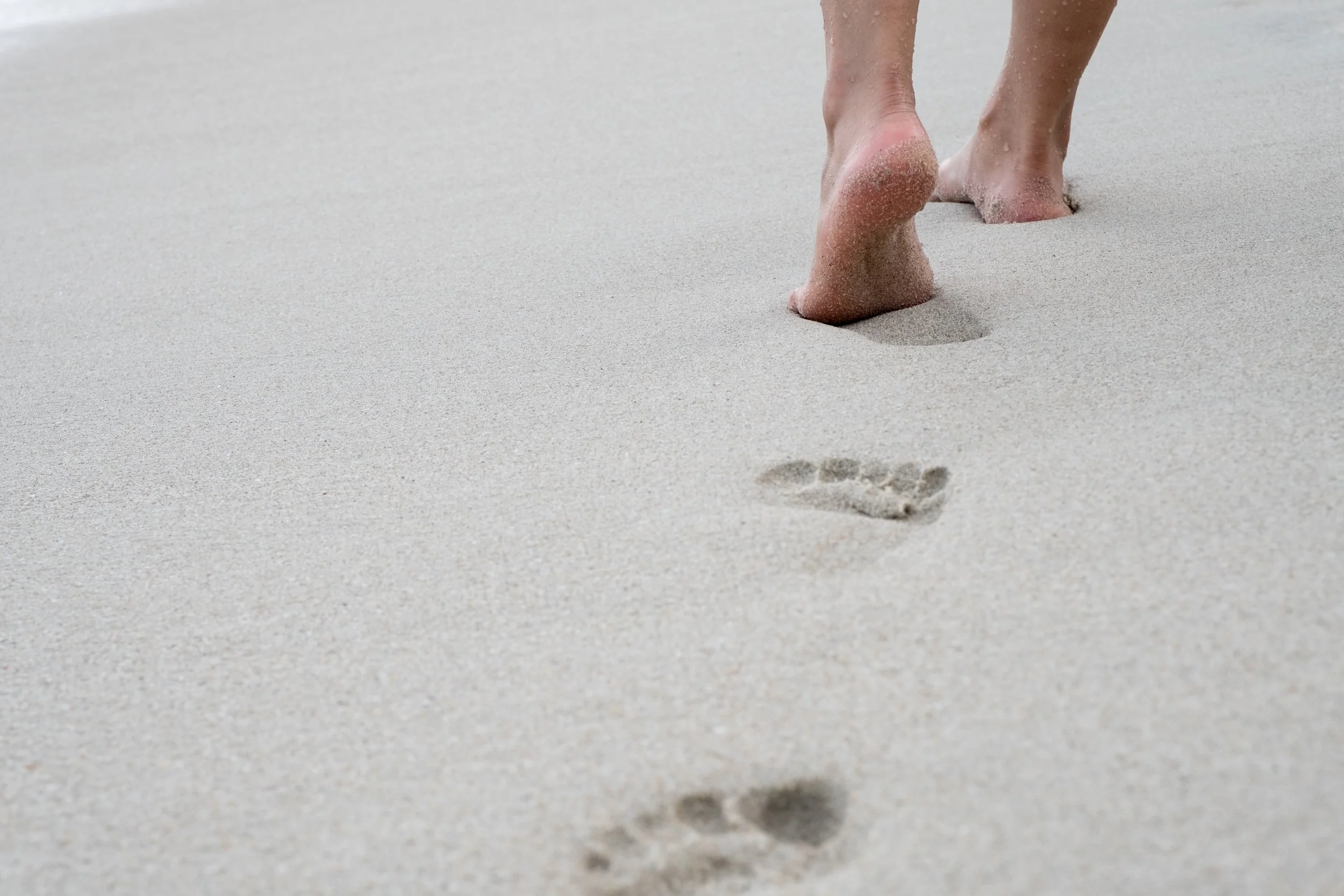Foot massage can be a powerful tool for enhancing physical comfort and mental well-being. From managing chronic pain and reducing stress to improving sleep and supporting patients with serious illnesses, the therapeutic applications of foot massage are diverse and well-supported by a growing body of research.
Your marvelous foot
Your foot has an intricate anatomy and neurology. The human foot is composed of 26 bones, 33 joints, and over 100 muscles, tendons, and ligaments. It is also densely packed with approximately 7,000 nerve endings. These nerve endings are part of the vast peripheral nervous system, which connects the brain and spinal cord to the rest of the body.
How foot massage can help
Nervous system modulation
The foot is rich in receptors that respond to pressure, touch, and vibration. When these receptors are stimulated during a foot massage, they send signals through sensory nerves to the spinal cord and then to the areas of the brain involved in pain perception, emotion, and autonomic regulation that can be calming to the the entire nervous system.
Parasympathetic activation
Massage, including foot massage, is known to stimulate the parasympathetic nervous system – the "rest and digest" system. This activation can lead to a reduction in heart rate, blood pressure, and muscle tension, fostering a state of relaxation that signals the body that it’s time to heal.
Neurotransmitter release
Pressure and touch can trigger the release of various neurochemicals, including endorphins (natural painkillers and mood elevators), serotonin (mood regulation), and oxytocin (the bonding hormone). These chemicals contribute to feelings of well-being, reduced pain, and decreased anxiety.
Improved circulation
Direct manipulation of the foot muscles and tissues during massage can physically enhance local blood flow. This increased circulation helps oxygen and nutrients get to cells and aids in the removal of metabolic waste products. This is particularly important for individuals with conditions affecting peripheral circulation.
Lymphatic drainage
Massage techniques can stimulate the lymphatic system, a vital part of the immune system responsible for fluid balance and waste removal. Improved lymphatic flow can help reduce swelling (edema) and support the body's natural detoxification processes.
Muscle and tissue relaxation
Direct manipulation helps to release tension in the small muscles and connective tissues of the foot, alleviating stiffness and improving flexibility. This local effect contributes to overall comfort and can prevent or alleviate common foot ailments.
Postoperative pain
Studies have indicated that foot massage can be an effective complementary therapy for reducing pain intensity in patients after surgery. For instance, a study found that foot massage significantly decreased pain and anxiety in patients after abdominal surgery.
August in Portland: Bridge Pedal
Celebrate Portland’s iconic bridges and it’s unique bike culture on August 10. Thousands of bicyclists will cruise through car-free streets and bridges.
Come visit us at Parkside
Come see our expert team at Parkside Clinic where we tailor our care to your specific condition and tap into your body’s natural healing ability. Make an appointment, or if you have any questions, contact us.





